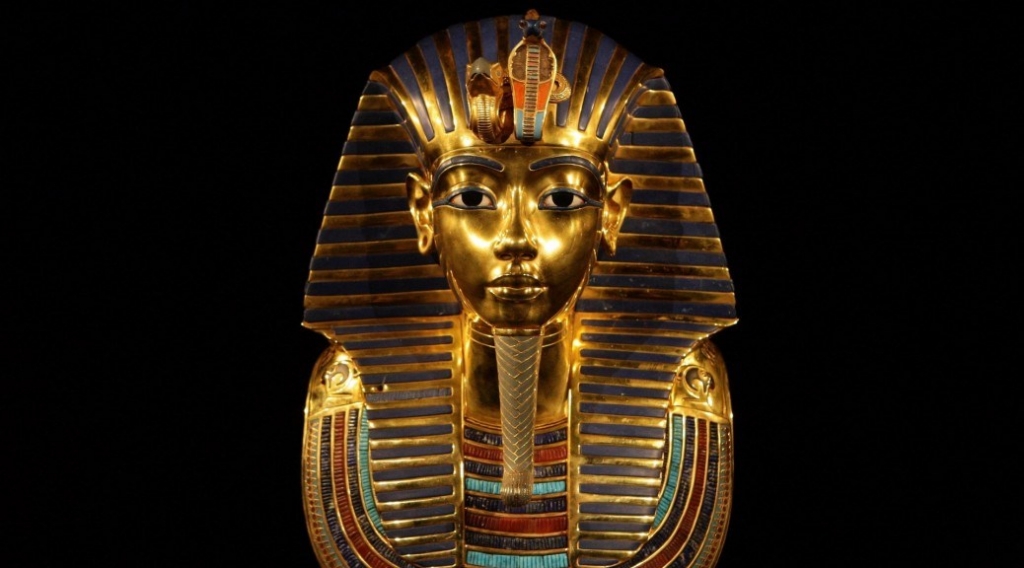-
Tips for becoming a good boxer - November 6, 2020
-
7 expert tips for making your hens night a memorable one - November 6, 2020
-
5 reasons to host your Christmas party on a cruise boat - November 6, 2020
-
What to do when you’re charged with a crime - November 6, 2020
-
Should you get one or multiple dogs? Here’s all you need to know - November 3, 2020
-
A Guide: How to Build Your Very Own Magic Mirror - February 14, 2019
-
Our Top Inspirational Baseball Stars - November 24, 2018
-
Five Tech Tools That Will Help You Turn Your Blog into a Business - November 24, 2018
-
How to Indulge on Vacation without Expanding Your Waist - November 9, 2018
-
5 Strategies for Businesses to Appeal to Today’s Increasingly Mobile-Crazed Customers - November 9, 2018
Has Nefertiti’s tomb finally been found?
Archaeologist Nicholas Reeves said Tutankhamun’s tomb, unearthed by English archaeologist Howard Carter in 1922, may simply be an antechamber of the queen’s final resting place.
Advertisement
Dr Reeves believes there are clues in the design of the tomb that indicate it was designed to store the remains of a queen, not a king.
“At the time of Nefertiti’s burial within KV 62 there had surely been no intention that Tutankhamun would in due course occupy this same tomb”, Reeves wrote.
And Dr Nicholas Reeves, an English archaeologist at the University of Arizona, has provided new evidence to support these claims, in a report published by the Amarna Royal Tombs Project.
“Accepting the oddly positioned rock-cut niches as evidence that the burial chamber’s walls were completely solid, [Howard] brought his search to a close – wholly unaware that a more significant find by far may have been lying but inches from his grasp”, he writes.
Reeves analysed high-resolution digital scans of the tomb’s inner walls and said he discovered two entrances that haven’t been opened since ancient times.
Revealing that King Tutankhamun’s burial chamber quite possibly has two previously undocumented and consequently unexplored rooms adjacent to it is impressive enough.
The boy king died in mysterious circumstances around 3,000 years ago, and was discovered buried with two stillborn children.
“Each piece of evidence on its own is not conclusive, but put it all together and it’s hard to avoid my conclusion”, Reeves insisted to the Economist. He added that if he is wrong, he is wrong – but if he’s right, the discovery has the potential to be the biggest ever made in archaeological history. Well, this is the ancient Egyptians we’re talking about.
Five years ago, DNA tests examined his parentage and suggested his mother might be the mummy known as the Younger Lady, found in the Valley of the Kings.
She is famous for her beauty, and her powerful reign. What’s more, Reeves noted that other researchers believe numerous objects in Tut’s tomb were “recycled” from previous kings. Could this tomb have been intended for Nefertiti, Tutankhamun’s stepmother?
But Joyce Tyldesley, senior lecturer in Egyptology at the University of Manchester, cast doubt on the recent discovery.
In a recently published paper, called The Burial of Nefertiti?
But she believes Nefertiti would have been more likely buried in Amarna – the city purpose-built by the Queen’s husband, the pharoah Akhenaten.
Advertisement
The scans were then used to produce a facsimile of the tomb near the site of the original Valley of the Kings in Luxor.




























